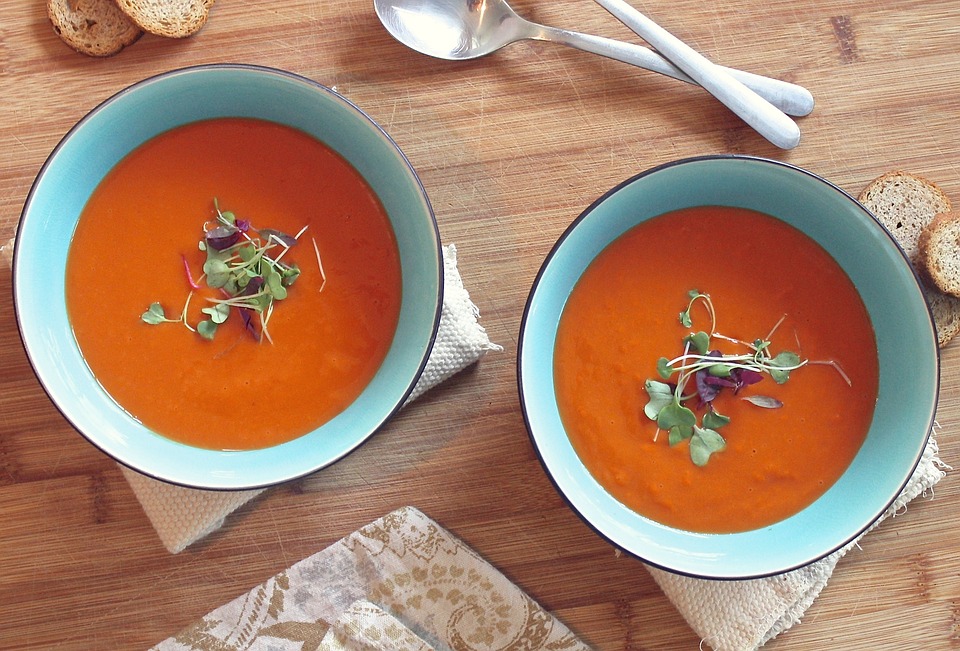
Meatless and Save Money: How to Eat Vegetarian on a Budget
In today’s world, many people are looking for ways to reduce their environmental impact and improve their health. One of the simplest and most effective ways to do this is to transition to a plant-based diet. However, many people believe that following a vegetarian diet is expensive. In fact, it’s possible to eat vegan on a budget with some careful planning and smart shopping. In this article, we will explore how you can enjoy delicious and healthy vegetarian meals without spending a lot of money.
Benefits of vegetarian eating
Eating a plant-based diet offers many benefits. Not only is it good for the environment, it can also improve your health. Research has shown that vegetarians tend to have lower rates of obesity, heart disease, high blood pressure, and certain types of cancer. Additionally, a vegetarian diet can be more budget-friendly than a meat-focused diet. A study by the Journal of Hunger and Environmental Nutrition found that a vegetarian diet can save an average of $750 per year compared to a meat-based diet. With these benefits in mind, it’s clear that eating vegan on a budget is not only possible, but also extremely beneficial.
Plan your meals
One of the keys to eating vegan on a budget is to plan your meals in advance. By creating a meal plan, you can ensure you only buy the food you need and avoid wasting money on items that won’t be used. Start by choosing a few simple, affordable recipes that you can prepare throughout the week. Look for dishes that use inexpensive staples like beans, lentils, rice, and pasta. Once you’ve chosen your recipes, make a shopping list of the ingredients you’ll need, and be sure to take into account any perishable items that may spoil before you can use them.
Shop smart
When it comes to saving money at grocery stores, where you shop can make a big difference. Look for stores that offer a wide range of fruits, vegetables and staple foods at affordable prices. Many grocery stores now offer a range of vegetarian and organic options at competitive prices. In addition to traditional grocery stores, consider exploring local farmers markets, which often have great deals on fresh produce. Buying in bulk can also be a great way to save money, especially on items like rice, beans and nuts.
Buy in season
One of the best ways to save money on fruits and vegetables is to buy items that are in season. In-season produce is often less expensive and higher quality than out-of-season produce. Take advantage of seasonal fruits and vegetables by incorporating them into your meal plan. Not only will you save money, but you’ll also enjoy the freshest, most flavorful produce available.
Embrace meat alternatives
Meat substitutes, such as tofu, tempeh, and seitan, can be excellent alternatives to expensive meat products. These protein-packed options are often less expensive than meat and can be used in a variety of dishes. For example, tofu can be fried as an egg substitute in a breakfast burrito, or marinated and grilled as a substitute for chicken in a stir-fry. With some creativity, you can prepare delicious meat-free meals that are both budget-friendly and satisfying.
Look for sales and discounts
Many grocery stores offer sales and discounts on plant-based products and ingredients. Keep an eye out for special promotions, coupons, and loyalty programs that can help you save money. Additionally, consider joining their CSA (Community Supported Agriculture) program, which allows you to purchase a share of locally grown produce at a discounted price. By taking advantage of these opportunities, you can reduce your grocery bill while still enjoying a wide range of delicious vegetarian options.
Invest in kitchen staples
Stocking your kitchen with essential staples can help you save money in the long run. Items such as olive oil, spices, flour and canned goods can be used in a wide range of recipes and provide excellent value for their cost. By keeping these items on hand, you can easily prepare a satisfying meal without having to run to the store for expensive ingredients at the last minute. Additionally, consider investing in a few high-quality kitchen tools, such as a sharp chef’s knife, cutting board, and large skillet, to make cooking at home more enjoyable and efficient.
Grow your own production
If you have the space, consider growing your own fruits, vegetables, and herbs. Creating a small garden or even a few potted plants can provide you with an abundant new supply of produce at a fraction of the cost of store-bought items. Even if you have a small balcony or window, you can still grow herbs and small vegetables like tomatoes, peppers, and lettuce. Gardening is not only a budget-friendly way to access fresh produce, but it can also be a rewarding and fun hobby.
Conclusion
Transitioning to a plant-based diet doesn’t have to be expensive. By planning your meals, shopping smart, embracing meat alternatives, looking for sales and discounts, investing in kitchen staples, and perhaps growing your own produce, you can enjoy a variety and satisfying variety of vegetarian dishes while saving money. With the many health and environmental benefits of plant-based eating, switching to a meat-free diet on a budget is a win-win for both your wallet and the planet.

0 Comments